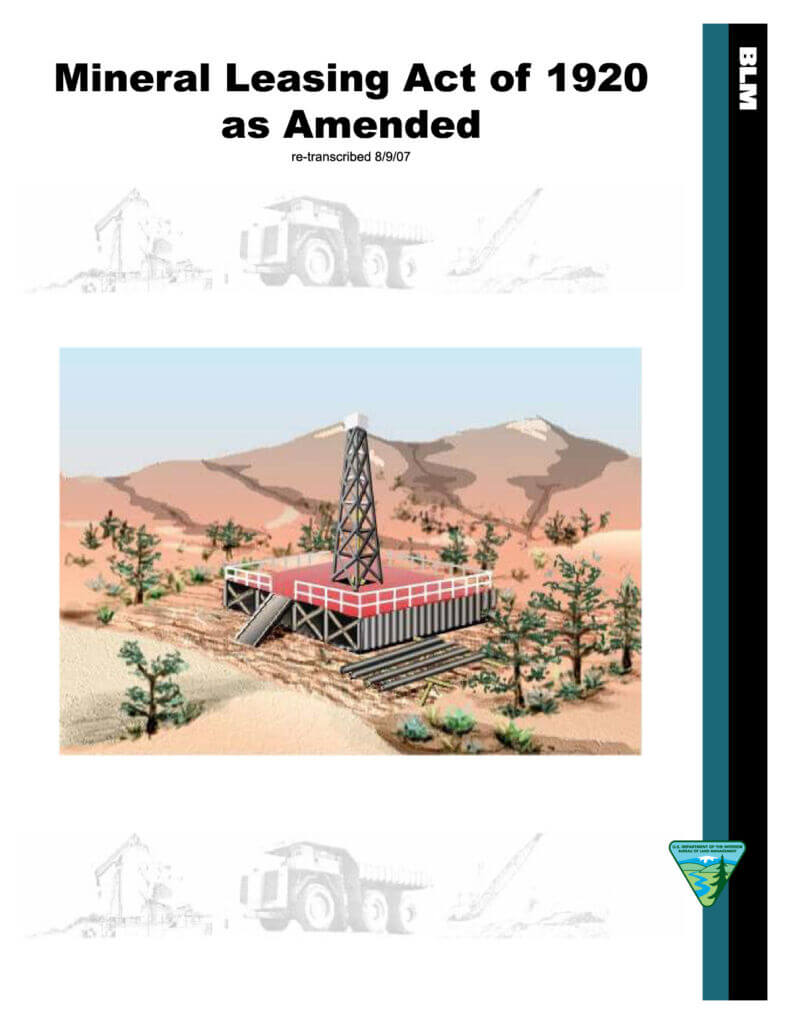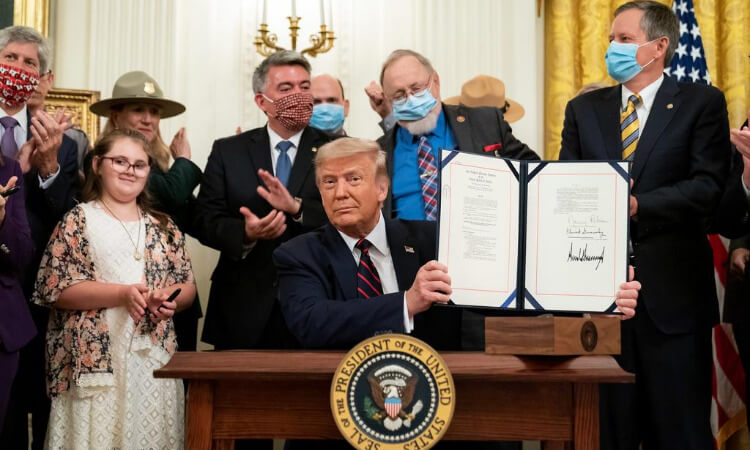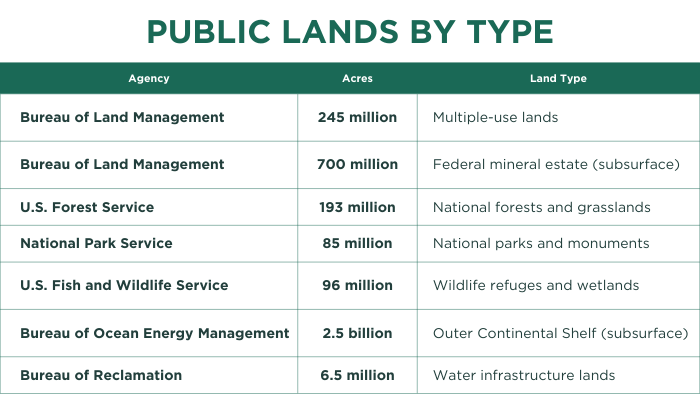A Balance on Public Lands:
Unleashing American Energy While Prioritizing Conservation
For more than a century, our nation has responsibly balanced public lands rich in natural resources with conserving the most iconic landscapes.
Unleashing Energy
It started in 1920 when Congress passed the Mineral Leasing Act (MLA). Lawmakers recognized energy development, particularly oil and natural gas, could responsibly occur on non-park, non-wilderness public lands and simultaneously provide significant benefits to the public. Billions in revenues from leasing and production are shared with the federal treasury, states, and local communities annually.
That balance was reinforced in 1976 with the enactment of the Federal Land Policy and Management Act (FLPMA). The law formally established "multiple use and sustained yield" as a guiding principle for managing Bureau of Land Management (BLM) and Forest Service lands. It ensured resource development, grazing, recreation, wildlife protection, and other activities could coexist through comprehensive land use planning and environmental stewardship.

0.06%
of the 700 million acres with federal mineral resources are disturbed by oil and natural gas
10%
of U.S. oil and natural gas produced in return
$7.6 billion
returned to the federal government in 2024
48%
goes to states and local communities
$3.9 billion
disbursed to states and localities
Prioritizing Conservation
Conservation surged forward in 1964 with the creation of the Land and Water Conservation Fund (LWCF). Funded by offshore oil and natural gas, LWCF channels revenues into local parks, recreation areas, and national parks, creating a direct link between energy development and conservation.
In 2020 that balance advanced further with the passage of the Great American Outdoors Act and the creation of the National Parks and Public Land Legacy Restoration Fund (LRF). Existing federal energy revenues, mainly from oil and natural gas, fund conservation and infrastructure projects in national parks, wildlife refuges, forests, and other public lands. The law also fully and permanently funds the Land and Water Conservation Fund (LWCF).

$6.7 billion
allocated to 396 national park projects
95%
comes from federal oil and natural gas revenues
$2.8 billion
annually for national parks and other public lands
$1.9 billion
annually to the National Park and
Public Lands Legacy Restoration Fund
$900 million
annually to the
Land and Water Conservation Fund (LWCF)
Americans benefit from abundant and affordable energy, robust community services, and expanded conservation thanks to a 100-year legacy of bedrock laws that responsibly balance the uses of our public lands.
Explore More
The missions of various federal land management agencies differ significantly. Dig deeper to discover the multiple types of public lands and how they are managed.

